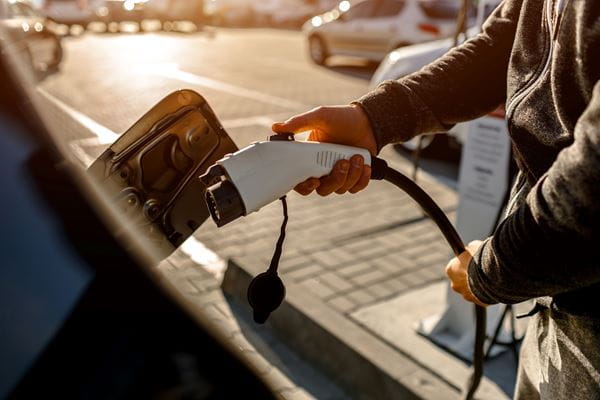
Inspiring inclusion through vehicle design and testing
While you may see your car as a gender-neutral mobility tool, that couldn’t be further from the truth. It all starts with the simple fact that cars are made, and safety tested with men in mind.
At Ayvens, we stand for equality for all because we believe that everyone has a contribution to make, no matter their gender. Unfortunately, sexism still pervades the automotive industry. In the spirit of International Women’s Day we are looking at inspiring inclusion in our own industry by addressing hidden gender bias in vehicle design and testing.
Vehicular gender bias is more than a mere annoyance too, it’s a real road safety concern, with female drivers 73% more likely to be seriously injured and 17% more likely to be killed in a crash than their male counterparts.[1] We see this gender bias in three main areas of automotive design and safety:
Vehicle design
When designing a safe vehicle for all, it’s important to consider that in addition to size and weight differences, men and women have a different distribution of muscle mass, bone density and vertebrae spacing. And yet, most car manufacturers ignore these facts. Looking at rear-end collisions, female drivers are more likely to suffer whiplash injuries than their male counterparts due to their lighter weight being catapulted forward more quickly.[2] Safety issues arising from biological differences are a relatively easy fix. To understand these issues and apply them to vehicle design, automakers need to start by performing safety tests with both female and male crash test dummies.
Crash test dummies
The dummies used in automotive crash tests are supposed to reflect all people, however, their design represents the so-called ‘50th percentile male’: roughly 77kg and 175cm tall, set as the standard in 1970. It wasn’t until 2003 that the National Highway Traffic Safety Administration (NHTSA) in the US introduced a ‘female’ test dummy. Yet, this test dummy, actually a scaled-down version of the male dummy, represents only the smallest 5% of women and is often tested as the passenger and not the driver. Moreover, a smaller male test dummy doesn’t take into account all biological differences between men and women, including muscle mass.[3] Volvo is one of the few OEMs that looks at the safety of both male and female drivers and designs vehicles and test procedures to fit both.[4]
There is good news on the horizon when it comes to crash test dummies! In 2022 scientists in Sweden developed the first female crash test dummy. This dummy is not just a small version of the male dummy but one that reflects the anatomy differences between men and women.[5] However, current European legislation does not require vehicles to be crash tested with these new dummies.
While voice recognition is becoming increasingly important as a communications technology, exactly whose voice is understood remains an issue. For example, AI voice recognition performs worse at recognising female voices.[6] Again, this is because, when AI is programmed, it looks at the data set provided – and if the data set comes mainly from men, then women are essentially left using AI that hasn’t been trained to properly recognize them. The fix automakers have for this issue? They laughably suggest that women undergo “lengthy training” to change the way they speak so that the technology understands them, even though the problem is with the software. No wonder women sometimes feel like they’re not being listened to! [7]
Inspiring inclusion
Ayvens is committed to creating an inclusive company and management team, with a goal of reaching 35% women in Ayvens’ management by 2026.
“To ensure the safety of all drivers, the automotive industry needs to look at inbuilt biases and data gaps, while making sure a diverse range of people are involved in all stages of vehicle production,” says Ayvens’ Tessa Peetoom. “And as consumers, it’s important we challenge these biases when we see them. At Ayvens, we’re doing what we can but we need automakers to play their part too.”



